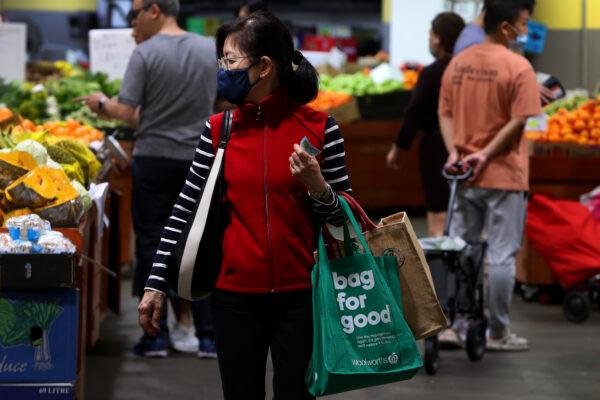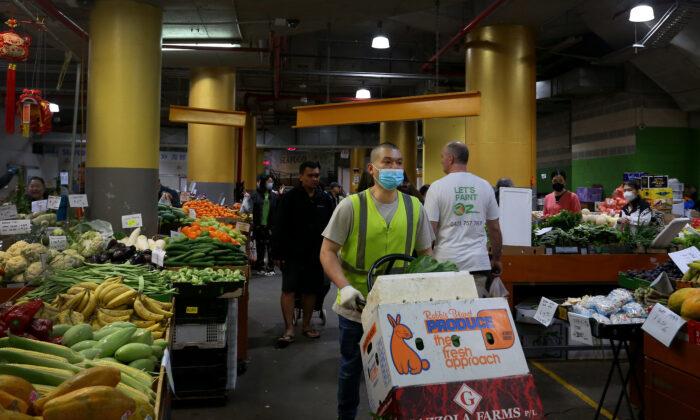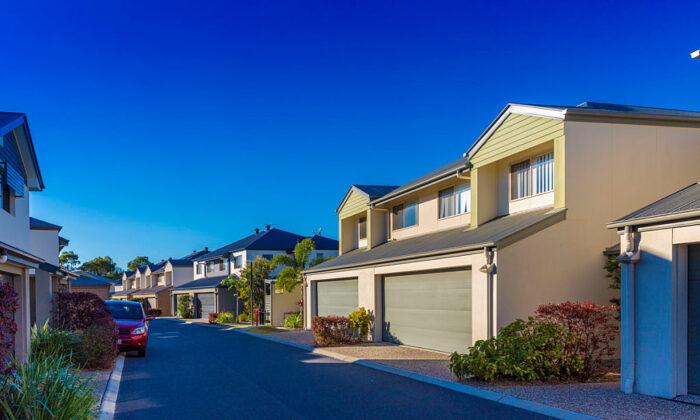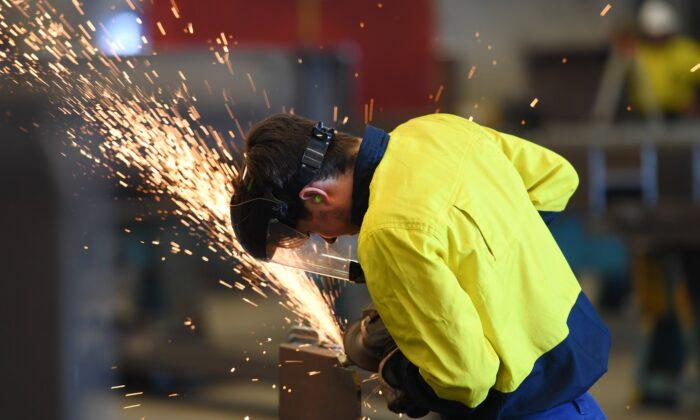Australia’s annual inflation rate soared to 7.3 percent in the September quarter, which is the highest level since 1990 and has the potential consequence of prolonging the interest rate hiking cycle.
During the quarter, inflation grew by 1.8 percent, on par with the growth from the previous three months.
At the same time, underlying inflation, which measures the inflationary pressures in the economy that are mainly caused by market forces, reached 6.1 percent in the 12 months to September.
The latest CPI figures come as the Treasury Department released its forecasts for inflation in the federal budget papers, with the annual inflation rate expected to peak at 7.75 percent in the December quarter.
However, economists expected inflation to hover around its peak for a longer period due to the latest flood crisis and surging energy prices.
As floods swept through key agricultural regions in Tasmania, New South Wales and Victoria, fruit and vegetable prices are expected to rise by eight percent in the next two quarters.

Diana Mousina, a senior economist at AMP Capital, said the latest ABS’s data showed that inflation was high across the board.
“Goods prices inflation remains the main driver of higher prices, with goods inflation up by 9.6 percent over the year while services prices are 5.1 percent higher,” she said.
While Mousina predicted goods inflation to drop in 2023, she was concerned that higher goods prices would feed into services prices.
Economists Expect More Interest Rate Hikes
The higher-than-expected inflation figures have caused many economists to raise their forecasts for future interest rate hikes.Mousina and her colleagues now predicted that the Reserve Bank of Australia (RBA) would lift the cash rate by an extra 0.25 percent in December, effectively taking it to 3.1 percent by the end of the year.
Meanwhile, National Australia Bank economists expected an additional two 0.25 percent interest rate hikes in February and March 2023.
“In these circumstances, the RBA will need to move monetary policy into a more clearly restrictive territory to ensure inflation returns to target. And as such, we have revised up our terminal rate expectation to 3.6 percent from 3.1 percent,” NAB’s chief economist Alan Oster said.
“We see 25 basis point moves as likely, but a 50 basis point rise in November is possible, given today’s CPI print,” he added.





